‘The real joy of a good mid-engine car is in its handling and braking, and the Dino shone as we expected it to.’ - Road & Track, on the Dino 246, May 1972. The Dino - Ferrari’s first small road car to enter series production, though it was never badged as such - was named in memory of Enzo Ferrari’s son Alfredo, who died in 1956, aged only 24. Its name appeared first on the Formula 2 Ferrari Tipo 246 in 1957 and subsequently was applied to the firm’s V6 and V8 engined road cars. The first version of the Dino’s Pininfarina body, with its distinctive rear ‘flying buttresses,’ appeared at the 1965 Paris Motor Show as the Dino 206GT Speciale, with longitudinally mounted 2.0-litre V6 engine behind the driver. A minimum of 500 units had to be produced for Formula 2 homologation, so FIAT took over responsibility for the V6’s manufacture, using it in their own Dino sports car. A further prototype, the Dino 206, appeared at the 1967 Turin Motor Show. This car mounted its V6 engine transversely, and in this form the model subsequently entered production, with Scaglietti responsible for building the body. A 2.4-litre version on a longer wheelbase - the 246GT - replaced the Dino 206 towards the end of 1969. The body was now steel and the cylinder block cast-iron rather than aluminium, but the bigger engine’s increased power - 195bhp at 7,600rpm, 15 horsepower up on the 206 - was more than adequate compensation for the weight gain, as the Dino’s top speed increase slightly to within a whisker of 150mph (240km/h). A Targa-top version, the 246GTS, followed in 1972. Of these three models, the 246GT was by far the most popular, with 2,609 sold by the time production ceased in 1974. Manufactured on 16th April 1969 and delivered new to Switzerland, chassis number ‘00742’ has the rare and desirable centre-locking Rudge wheels. In 1995, when the Dino was in the hands of Mr. Kurt Vogel still in Switzerland, the front wings and sills were taken down to bare metal, resurfaced and re-sprayed, and a major engine service carried out (at 58,000 kilometres). The car was first purchased by vendor in 1998 (at 60,400 kilometres) and registered ‘S 06040’ on ‘Oldtimer’ plates in Germany with EU duty paid. The clutch cable, lights and indicators were replaced at around this time, also the car benefited from a full Dinol rust proofing treatment. On 30th April 1999, ‘00742’ was purchased by racing legend Hans Herrmann and registered in his name ‘BB-GT 46H’. A baker by trade, Hans Herrmann first came to prominence as a member of the hugely successful Mercedes-Benz works team of the early 1950s, driving alongside the likes of Juan Manuel Fangio, Karl Kling, Hermann Lang and Stirling Moss. After drives with Cooper, Maserati and BRM in Formula 1, he moved to Porsche, winning the 1960 Sebring 12 Hours and Targa Florio for the German manufacturer. Back with Porsche in 1966 after a spell at Abarth, Herrmann brought the Stuttgart marque its first and much prized Le Mans 24 Hours victory in 1970, sharing a Typ 917 with Richard Attwood. He retired from racing soon afterwards. No doubt relishing the driving experience afforded by a mid-engined car like those he had raced so often, Hans Herrmann entered the Dino in the Oldtimer Grand Prix at Hockenheim in September 1999 and later that same month took part in the Retromotor event at Tübingen. Circa 2002, the vendor repurchased the Dino from Hans Herrman and in July 2003 participated in the prestigious European Concours d’Elégance at Schloss Schwetzingen. Offered with a substantial file of invoices for work carried out, this very well presented and largely original and very early Dino has covered approximately 65,000 kilometres from new and is by many considered the ultimate version of the 246. Not often do these early Dinos appear on the open market, Bonhams therefore recommend close inspection of this fine example with prominent ownership history.
‘The real joy of a good mid-engine car is in its handling and braking, and the Dino shone as we expected it to.’ - Road & Track, on the Dino 246, May 1972. The Dino - Ferrari’s first small road car to enter series production, though it was never badged as such - was named in memory of Enzo Ferrari’s son Alfredo, who died in 1956, aged only 24. Its name appeared first on the Formula 2 Ferrari Tipo 246 in 1957 and subsequently was applied to the firm’s V6 and V8 engined road cars. The first version of the Dino’s Pininfarina body, with its distinctive rear ‘flying buttresses,’ appeared at the 1965 Paris Motor Show as the Dino 206GT Speciale, with longitudinally mounted 2.0-litre V6 engine behind the driver. A minimum of 500 units had to be produced for Formula 2 homologation, so FIAT took over responsibility for the V6’s manufacture, using it in their own Dino sports car. A further prototype, the Dino 206, appeared at the 1967 Turin Motor Show. This car mounted its V6 engine transversely, and in this form the model subsequently entered production, with Scaglietti responsible for building the body. A 2.4-litre version on a longer wheelbase - the 246GT - replaced the Dino 206 towards the end of 1969. The body was now steel and the cylinder block cast-iron rather than aluminium, but the bigger engine’s increased power - 195bhp at 7,600rpm, 15 horsepower up on the 206 - was more than adequate compensation for the weight gain, as the Dino’s top speed increase slightly to within a whisker of 150mph (240km/h). A Targa-top version, the 246GTS, followed in 1972. Of these three models, the 246GT was by far the most popular, with 2,609 sold by the time production ceased in 1974. Manufactured on 16th April 1969 and delivered new to Switzerland, chassis number ‘00742’ has the rare and desirable centre-locking Rudge wheels. In 1995, when the Dino was in the hands of Mr. Kurt Vogel still in Switzerland, the front wings and sills were taken down to bare metal, resurfaced and re-sprayed, and a major engine service carried out (at 58,000 kilometres). The car was first purchased by vendor in 1998 (at 60,400 kilometres) and registered ‘S 06040’ on ‘Oldtimer’ plates in Germany with EU duty paid. The clutch cable, lights and indicators were replaced at around this time, also the car benefited from a full Dinol rust proofing treatment. On 30th April 1999, ‘00742’ was purchased by racing legend Hans Herrmann and registered in his name ‘BB-GT 46H’. A baker by trade, Hans Herrmann first came to prominence as a member of the hugely successful Mercedes-Benz works team of the early 1950s, driving alongside the likes of Juan Manuel Fangio, Karl Kling, Hermann Lang and Stirling Moss. After drives with Cooper, Maserati and BRM in Formula 1, he moved to Porsche, winning the 1960 Sebring 12 Hours and Targa Florio for the German manufacturer. Back with Porsche in 1966 after a spell at Abarth, Herrmann brought the Stuttgart marque its first and much prized Le Mans 24 Hours victory in 1970, sharing a Typ 917 with Richard Attwood. He retired from racing soon afterwards. No doubt relishing the driving experience afforded by a mid-engined car like those he had raced so often, Hans Herrmann entered the Dino in the Oldtimer Grand Prix at Hockenheim in September 1999 and later that same month took part in the Retromotor event at Tübingen. Circa 2002, the vendor repurchased the Dino from Hans Herrman and in July 2003 participated in the prestigious European Concours d’Elégance at Schloss Schwetzingen. Offered with a substantial file of invoices for work carried out, this very well presented and largely original and very early Dino has covered approximately 65,000 kilometres from new and is by many considered the ultimate version of the 246. Not often do these early Dinos appear on the open market, Bonhams therefore recommend close inspection of this fine example with prominent ownership history.

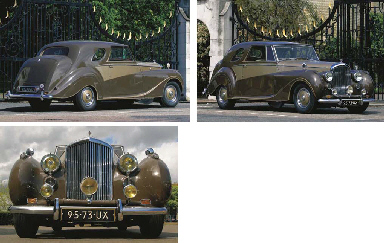
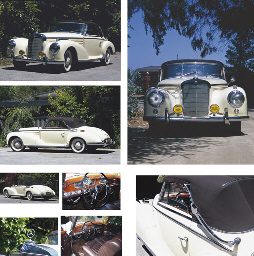
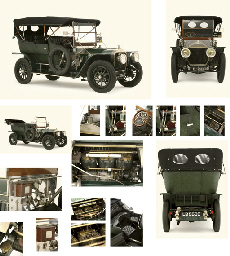
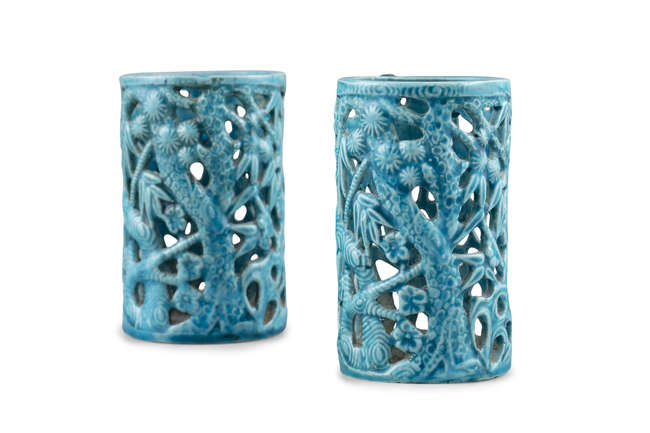
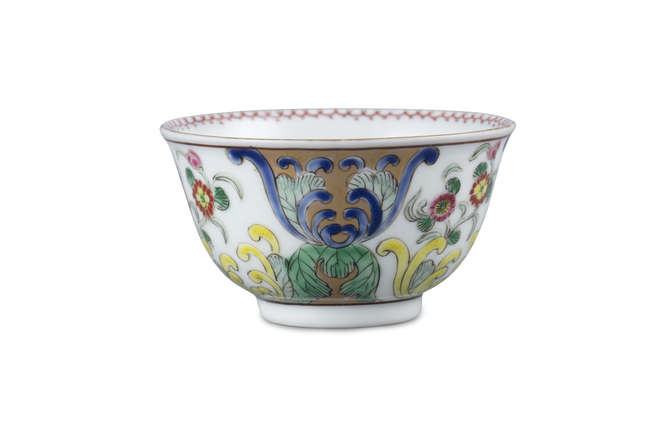

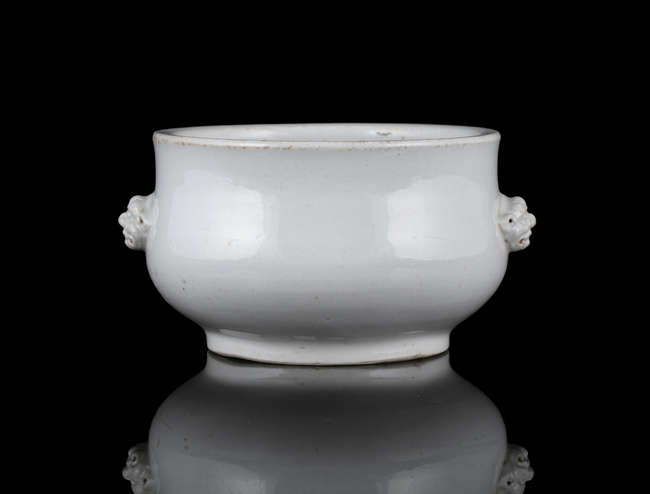
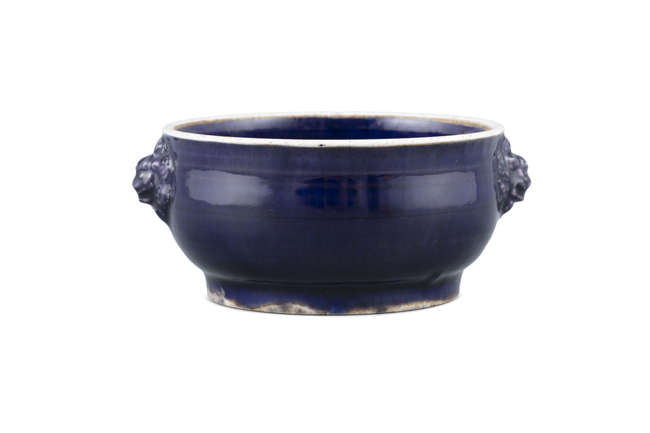

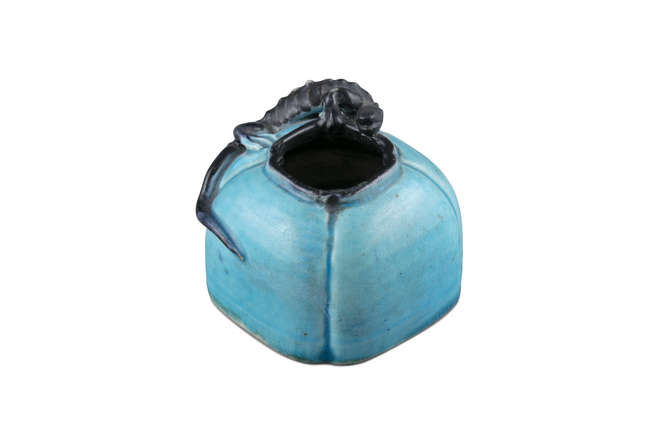



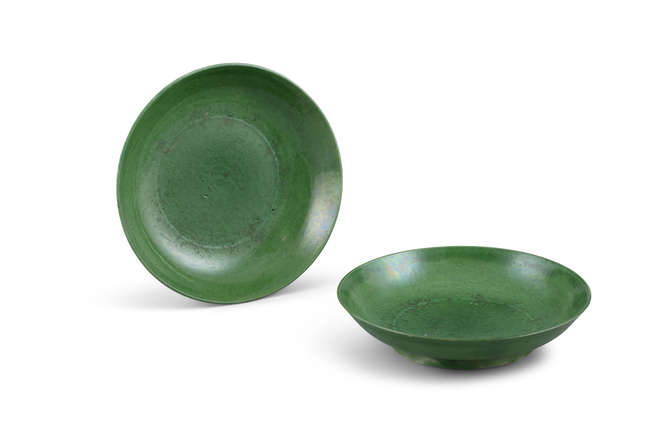
Testen Sie LotSearch und seine Premium-Features 7 Tage - ohne Kosten!
Lassen Sie sich automatisch über neue Objekte in kommenden Auktionen benachrichtigen.
Suchauftrag anlegen